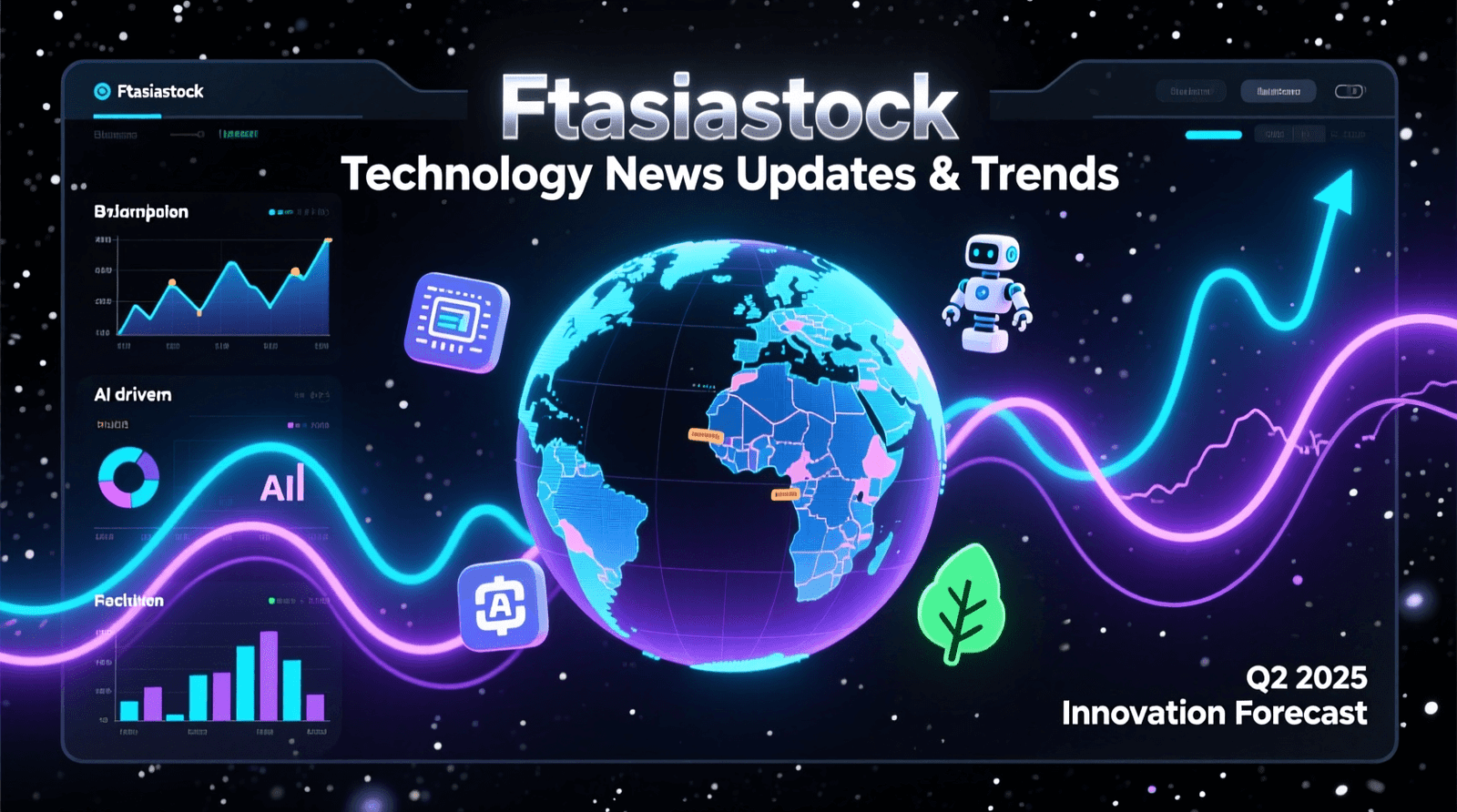In today’s fast-paced world of journalism, the demand for timely, accurate, and engaging news content is higher than ever. The advent of Artificial Intelligence (AI) has opened new frontiers for news agencies, enabling them to meet this demand with unprecedented efficiency and innovation. By integrating AI into their operations, news agencies can revolutionize the way they create, distribute, and personalize news content, ensuring they remain relevant in an increasingly competitive market.
The Role of AI in Modern News Production
AI has emerged as a transformative force across industries, and the field of journalism is no exception. From automating repetitive tasks to analyzing vast datasets for insights, AI equips news agencies with tools that enhance productivity and creativity. With AI, newsrooms can achieve faster turnaround times, produce more tailored content, and provide real-time updates without sacrificing quality.
Key applications of AI in news production include automated content generation, sentiment analysis, multimedia creation, and predictive analytics. These capabilities empower news agencies to stay ahead of the curve in delivering relevant and impactful stories.
How News Agencies Use AI to Create Content
1. Automating News Writing
One of the most significant benefits of AI is its ability to automate the writing process. AI-powered platforms can generate news articles, summaries, and reports based on structured data inputs such as financial statistics, sports scores, or election results. Tools like natural language generation (NLG) algorithms enable news agencies to create content quickly and consistently, ensuring timely reporting of events.
For instance, AI can generate articles about stock market updates or match summaries for sporting events in seconds. This automation not only saves time but also allows journalists to focus on in-depth investigations and creative storytelling.
2. Enhancing Research and Fact-Checking
AI tools equipped with machine learning algorithms can scan vast amounts of information to identify trends, patterns, and potential inaccuracies. These tools assist journalists in verifying facts, sourcing data, and contextualizing stories. Automated fact-checking tools like ClaimBuster and Full Fact help ensure the accuracy and credibility of news content, upholding the agency’s reputation.
3. Personalizing News Delivery
AI enables news agencies to tailor content to individual user preferences, enhancing engagement and reader satisfaction. Machine learning algorithms analyze user behavior, reading habits, and preferences to recommend articles, videos, or topics of interest. Personalization not only drives higher click-through rates but also fosters a deeper connection between the audience and the news agency.
4. Optimizing Multimedia Content Creation
AI can create and edit multimedia content, including videos, images, and infographics. Video editing tools powered by AI can automatically trim, enhance, and caption videos, saving valuable time for production teams. AI-driven tools like DALL·E and MidJourney allow for the generation of custom illustrations or designs, adding visual appeal to news stories.
Additionally, AI-powered transcription services like Otter.ai or Descript streamline the process of converting audio interviews into text, enabling faster publication of interview-based articles.
5. Analyzing Audience Sentiment
Understanding audience sentiment is crucial for producing impactful news. AI-driven sentiment analysis tools can gauge public reactions to news stories by analyzing social media comments, reader feedback, and online discussions. These insights help news agencies refine their content strategy, focusing on topics that resonate with their audience while addressing concerns or controversies proactively.
6. Predicting News Trends
AI’s predictive capabilities allow news agencies to stay ahead by identifying emerging trends and topics. By analyzing historical data, search patterns, and social media trends, AI tools can predict which stories are likely to gain traction. This foresight enables newsrooms to allocate resources strategically, ensuring they are prepared to cover breaking news effectively.

Ethical Considerations in Using AI for News Creation
While AI offers immense potential, its integration into newsrooms also raises important ethical questions. Maintaining journalistic integrity and ensuring transparency are paramount when using AI to create content. News agencies must:
- Ensure Accuracy: AI-generated content should be fact-checked and reviewed by human editors to avoid inaccuracies or biases.
- Maintain Accountability: Agencies must be transparent about the use of AI in content creation, ensuring readers are aware of its role.
- Avoid Misuse: AI should not be used to create deceptive or misleading content, as this undermines trust in journalism.
By addressing these ethical considerations, news agencies can harness AI responsibly and maintain their credibility.
Benefits of AI Integration for News Agencies
The integration of AI into newsrooms offers numerous benefits, including:
- Increased Efficiency: Automating routine tasks allows journalists to focus on complex and creative stories.
- Enhanced Audience Engagement: Personalization and sentiment analysis foster deeper connections with readers.
- Cost-Effectiveness: AI reduces the costs associated with manual research, writing, and multimedia production.
- Scalability: Agencies can produce content at scale without compromising quality, reaching a broader audience.
The Future of AI in Journalism
The role of AI in journalism is poised to expand further as technology advances. From immersive storytelling through augmented reality (AR) and virtual reality (VR) to AI-driven investigative journalism, the possibilities are limitless. News agencies that embrace AI early will be better positioned to adapt to these changes and remain leaders in the media landscape.
Conclusion:
The integration of AI into news creation represents a transformative shift for the industry. By leveraging AI’s capabilities, news agencies can produce timely, personalized, and engaging content that meets the evolving demands of their audiences. However, the responsible use of AI is crucial to preserving the core values of journalism: accuracy, integrity, and trust.




